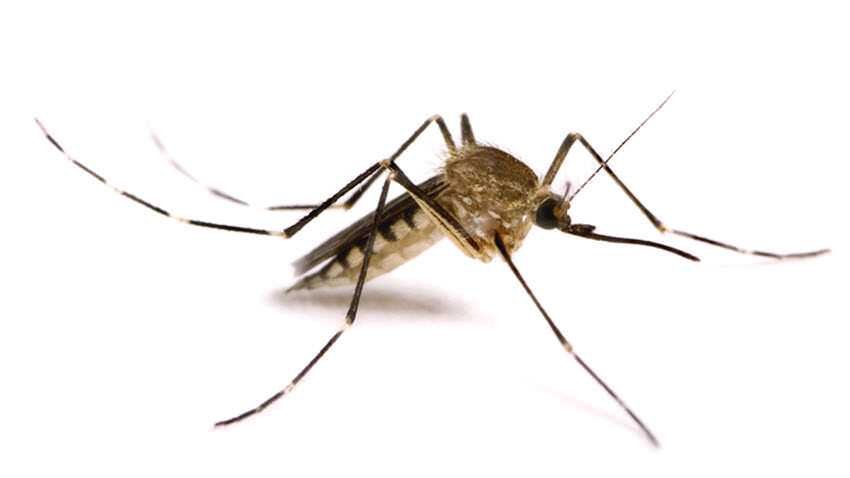Microsoft's Research Department once again brings innovation to the next level with a mosquito trap supposedly constructed specifically to monitor the spread of the Zica virus found in Latin America earlier this year.
Specifically, Microsoft's new project, described by experts as "the biggest innovation in trap technology in decades," is part of a larger effort by companys with the brand name Project Premonition, which is supposed to help automate the work that entomologists usually do by hand.
The trap was developed in Houston for the early stages of a pilot project and allowed specialists to collect only specific mosquito species rather than an entire herd of insects circulating around, flies, moths and others.
Without such a trap, entomologists had to manually sort insects in order to be able to analyze only what they were interested in and which could transmit the Zica virus.
How does it work;
Η παγίδα τροφοδοτείται από δύο μικροεπεξεργαστές που παίρνουν ενέργεια από δύο μπαταρίες. Οι επεξεργαστές προσπαθούν να συλλάβουν συγκεκριμένους τύπους κουνουπιών με βάση τα στοιχεία που τους έχουν δώσει οι εντομολόγοι. Η μηχανή αναλύει μια σειρά από παράγοντες, όπως την θερμοwineα, τον άνεμος και την υγρασία. Όλα τα δεδομένα που συλλέγονται αποστέλλονται στο σύννεφο για περαιτέρω processing.
The trap uses it machine learning, automatically improving mosquito detection abilities. So it detects only the insects that experts need.
At the moment, the new project is still in its first steps, but the first ones Results are already quite optimistic, and Microsoft aims to continue improving the mosquito trap in the coming months.





